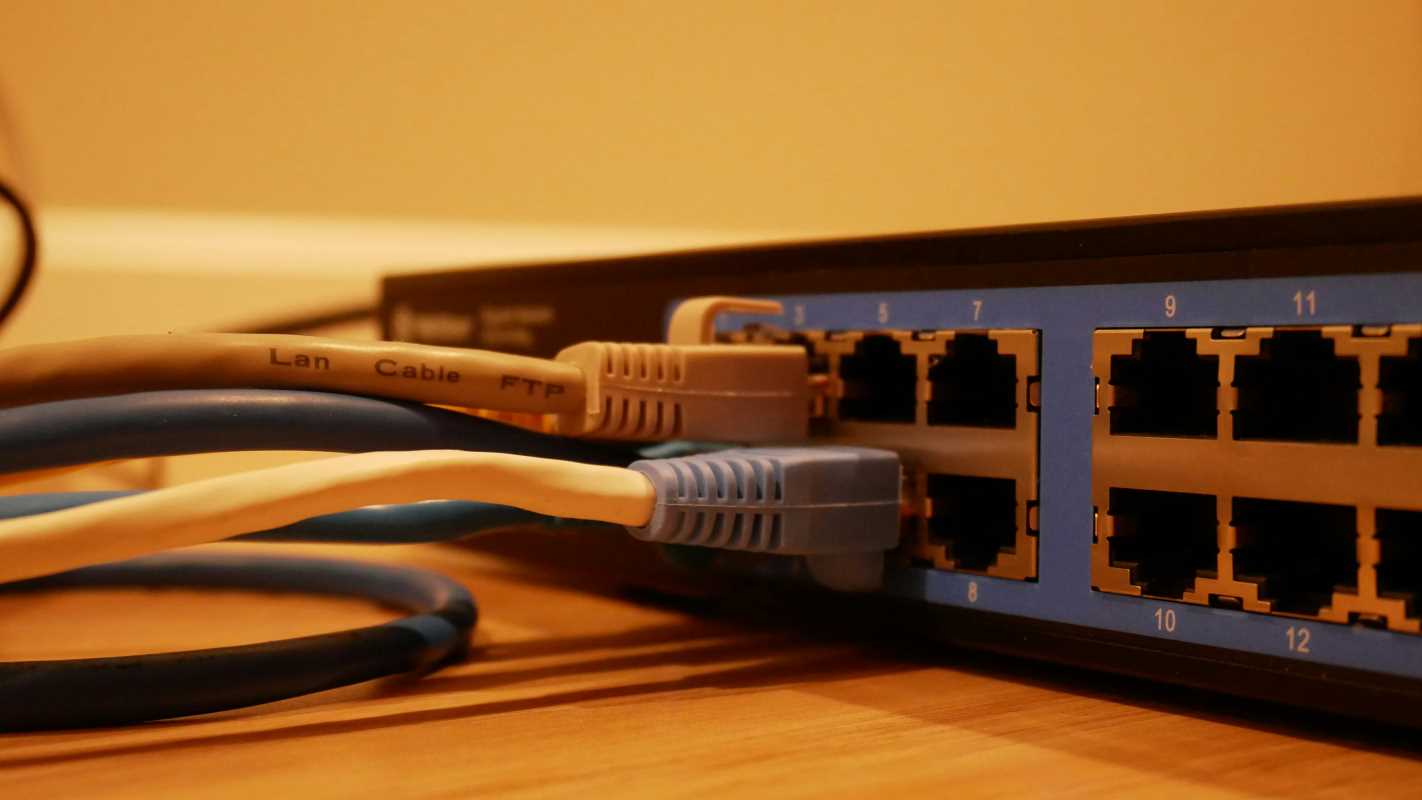As you settle into your home office in a tranquil suburban neighborhood, anticipation builds for another productive day of work. With a steaming cup of coffee in hand, you savor the serenity of your less hectic surroundings while diving into the digital realm. However, there's nothing more frustrating than having your workflow interrupted by unreliable or sluggish internet speeds. A stable connection becomes crucial, particularly when juggling video conferences, data-intensive applications, and remote access that drive your projects forward. Ensuring seamless connectivity allows you to maintain momentum and efficiency, keeping your day on track and your tasks smoothly accomplished.
Why Fiber Internet is a Game Changer
Fiber internet uses light to transmit data through glass or plastic cables, offering much higher speeds than standard cable or DSL connections. It stands out because it not only provides faster downloads and uploads but also offers exceptional reliability even when many devices are online.
The advantages of fiber internet include:
- Blazing fast download and upload speeds that support HD video calls and smooth cloud computing.
- Reliable connectivity that minimizes buffering and unexpected slowdowns.
- Enhanced security features that help protect sensitive work data during digital meetings and file sharing.
- Future-proof infrastructure ready for the rising demand of connected devices in your home.
Top Fiber Internet Providers for Suburban Homes
Living in a suburban area means you have various options when it comes to fiber internet providers. Below is a list of our top picks that have shown strong commitment to fast, reliable connections and easy installation processes.
Here are some of the leading providers:
- Verizon: Known for its rigorous installation process, this provider offers impressive speeds that keep busy households fully connected. Their plans are tailored to designed for remote work and streaming needs.
- AT&T: They deliver reliable internet with competitive packages, ensuring a balance of speed and affordability. Their customer service also stands out when it comes to resolving installation concerns.
- Comcast: Offering innovative solutions with extensive coverage, Comcast ensures you get dependable performance around your home with minimal interference.
Your choice among these providers might vary based on local availability, price negotiations, and the specific needs you have for remote collaboration and multimedia streaming. All of them offer fiber internet plans that differ slightly in speed options, reliability records, and customer support practices.
Evaluating their measures of success, such as customer reviews, warranty on equipment, and ease of troubleshooting when issues arise, helps you find the provider best suited to your circumstances.
Comparing Plans, Speeds, and Installation
When you compare fiber internet providers, several factors influence your decision. Speed, for example, is the most obvious metric and typically ranges from 100 Mbps to 1 Gbps for home setups. Installation techniques vary too, with some providers starting work within days of your sign-up and others offering more spread out schedules based on your area.
You should pay attention to these details:
- Speed tiers: Make sure your selected plan covers your routine needs and provides extra bandwidth during busy hours.
- Reliability: Read reviews that mention uptime percentages and consistency during periods of heavy usage.
- Installation process: Providers that send technicians to your house may offer a smoother setup and personalized advice on effective router placement.
- Customer support: Quick and helpful technical assistance can resolve issues promptly, preventing prolonged downtime.
Creating a side-by-side comparison chart helps you visualize differences among services and identify which one best meets your expectations. Some providers may offer slightly lower speeds, but their installation support and regional customization might make them a better overall choice.
Use a checklist to evaluate provider agreements and ensure that all aspects from promotional pricing to hidden fees are clear before you make your decision.
Optimizing Your Home Network for Consistent Speeds
Besides choosing the right provider, you need to optimize your home network to keep a stable connection. Simple adjustments like relocating your router to a central spot or updating your equipment can significantly improve your experience.
Follow these practical steps to enhance performance:
- Place your router in an open, central location to reduce interference from walls and furniture.
- Update your router firmware regularly to benefit from the latest security fixes and performance improvements.
- Test different channels on your router to avoid interference from nearby networks.
- Use wired connections when possible for devices that need stable, high-speed performance, such as your work computer.
- Consider investing in fiber internet solutions like mesh Wi-Fi systems to cover larger areas seamlessly.
Maintaining a reliable network also involves scheduling regular checks on your connection speed using online tools. Knowing your actual speed compared to what is advertised can reveal issues with your equipment or occasional interference from local outages.
Keep your devices updated with compatible network drivers to maximize performance, and seek professional help if you suspect hardware faults. These steps help you get the most out of your chosen service and make your work-from-home experience more productive.
Common Troubleshooting Tips
Even with dependable providers and well-optimized networks, occasional disruptions can happen. Know some quick fixes and stress-relief techniques for when your connection seems slow.
Keep these troubleshooting tips in mind:
- Restart your router and modem to clear temporary glitches that may cause slow speeds.
- Adjust your router's placement and remove obstructions that might block the signal.
- Check if multiple devices or applications are using most of your bandwidth at once, and manage usage accordingly.
- Contact your provider if you notice a long-lasting drop in speed or frequent downtime; they might need to service your area.
- Reset your network settings on your main devices to fix misconfigurations that could be sabotaging your connection.
Using a troubleshooting checklist and maintaining your network helps quickly resolve issues and keep your internet running at top speed. Regular monitoring and prompt fixes ensure a seamless, reliable connection for productive remote work.
Use these tips to adapt to digital changes and keep your remote workdays smooth.
 (Image via
(Image via





